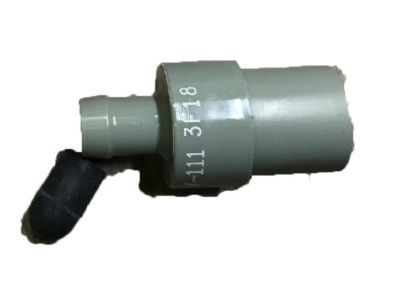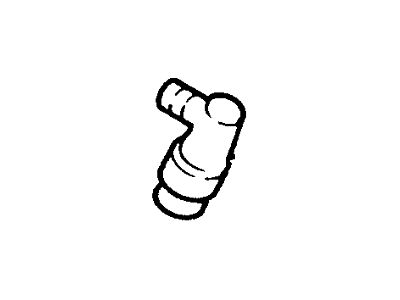FordParts
My Garage
My Account
Cart
OEM 2000 Lincoln Continental PCV Valve
Position Crank Ventilation Valve- Select Vehicle by Model
- Select Vehicle by VIN
Select Vehicle by Model
orMake
Model
Year
Select Vehicle by VIN
For the most accurate results, select vehicle by your VIN (Vehicle Identification Number).
1 PCV Valve found

2000 Lincoln Continental PCV Valve Part Number: EOTZ-6A666-A
$14.22 MSRP: $22.00You Save: $7.78 (36%)Product Specifications- Other Name: Valve Assembly; Crankcase Vent Valve
- Base No.: 6A666
- Item Weight: 0.30 Pounds
- Item Dimensions: 3.0 x 1.3 x 1.7 inches
- Condition: New
- Fitment Type: Direct Replacement
- SKU: EOTZ-6A666-A
- Warranty: This genuine part is guaranteed by Ford's factory warranty.
2000 Lincoln Continental PCV Valve
If you're seeking quality and affordability, look no further than our extensive inventory of genuine 2000 Lincoln Continental PCV Valve available at FordPartsDeal.com. You can confidently purchase our OEM 2000 Lincoln Continental PCV Valve as they are supported by the manufacturer's warranty and our hassle-free return policy, alongside the benefit of our fast delivery service.
2000 Lincoln Continental PCV Valve Parts Q&A
- Q: How to Check and Maintain the PCV Valve on 2000 Lincoln Continental?A: In order to repair the PCV Valve, take off the engine cover, loosen the valve and the grommet, and take off the vent connector and the hose. Inspect the valve; when it is not rattling, replace it. Install Repeat Process Recheck The steps to be reversed and verify the absence of vacuum.









